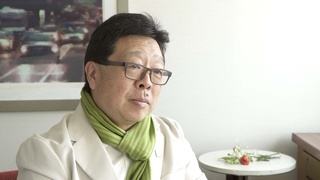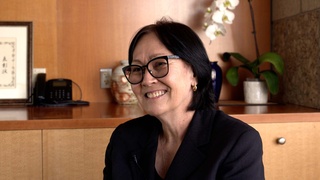Interviews
Prejudice in Japanese school (Spanish)
(Spanish) When I entered the school for Japanese, I remember during recess time on the first day everything started then. I did what all the other children did: I ran to the playing field but nobody wanted to play with me. I realized how strange, because nobody wanted to play with me. Afterwards I found out that those kids didn’t want to play with me because my mother was Peruvian, which in nihongo (Japanese) is ‘ainoko (half).’ Needless to say, they didn’t want to be near me. I was discriminated against by both sides: by the townsfolk, the children of the town (particularly the older ones, the zambazos, whom I admired because they played soccer so well, they hit us, others ran away), and at school they also treated me…they did not hit me, except that I did not enter, I did not fit in.
Date: September 6, 2007
Location: Lima, Peru
Interviewer: Harumi Nako
Contributed by: Asociación Peruano Japonesa (APJ)








